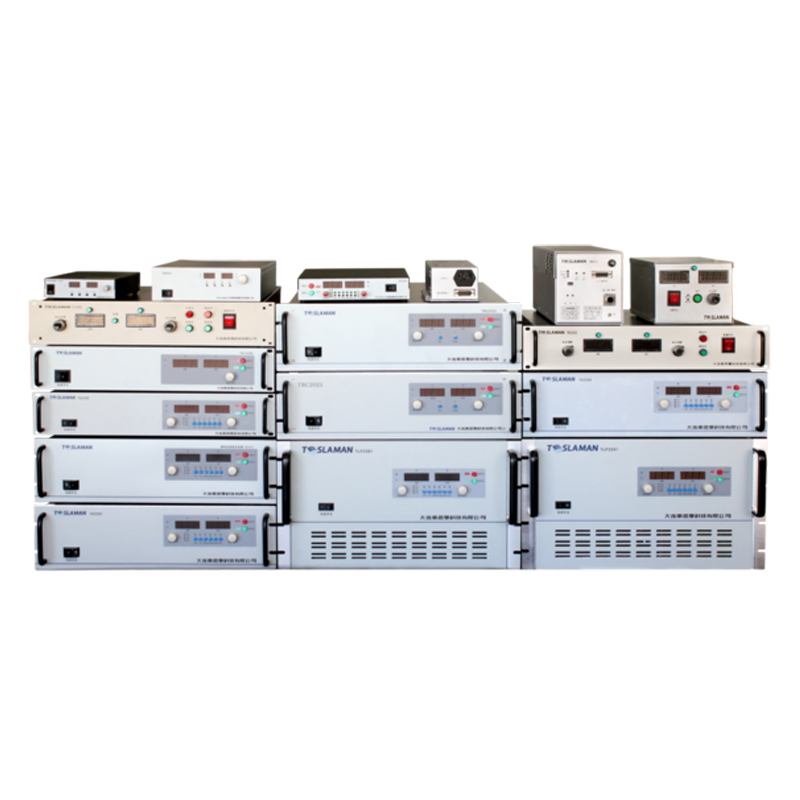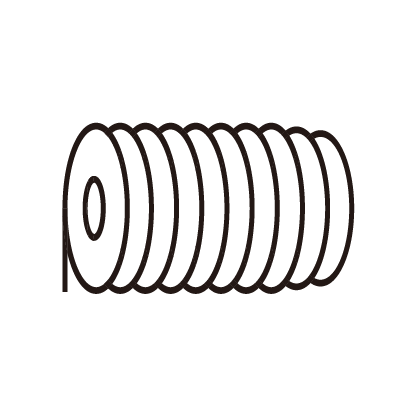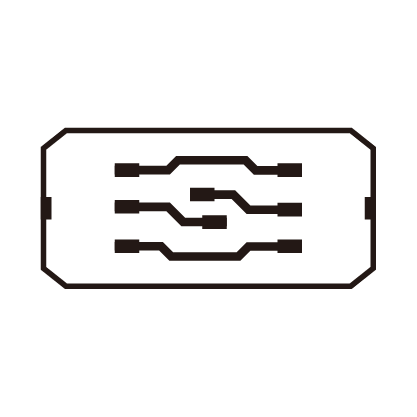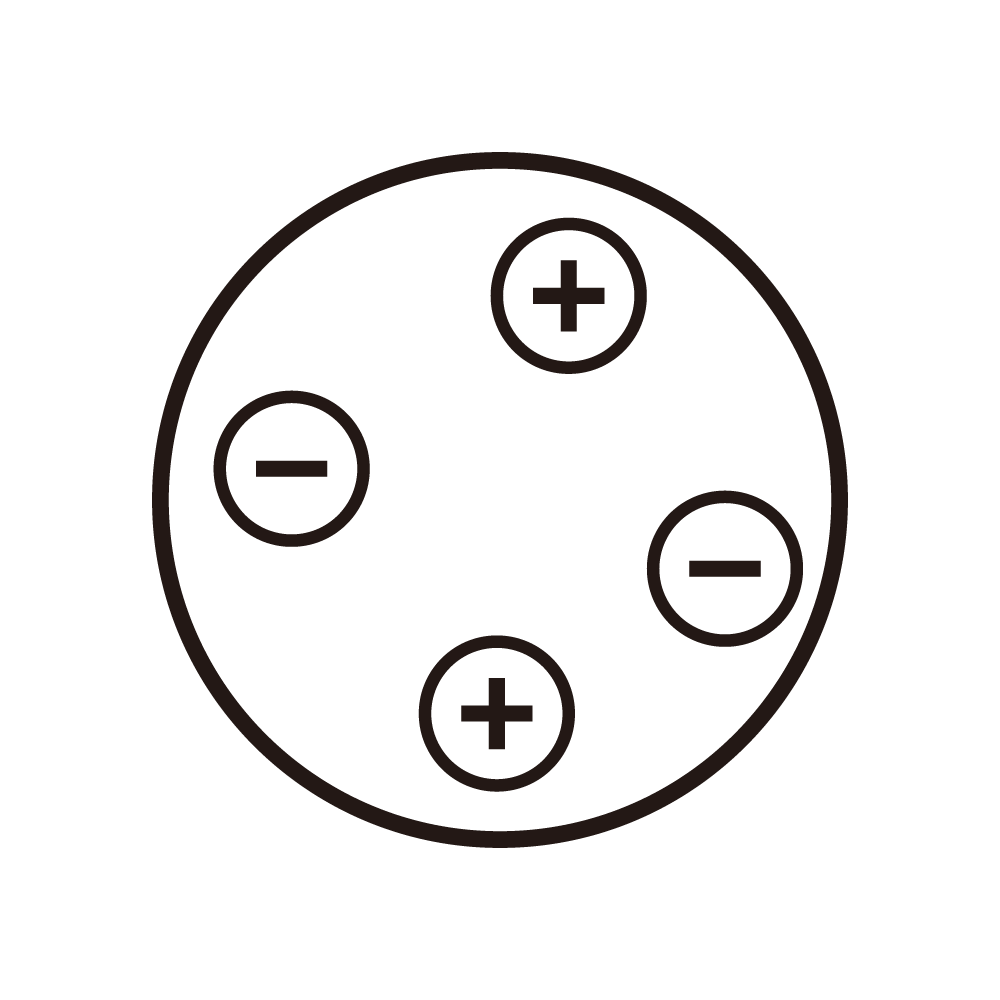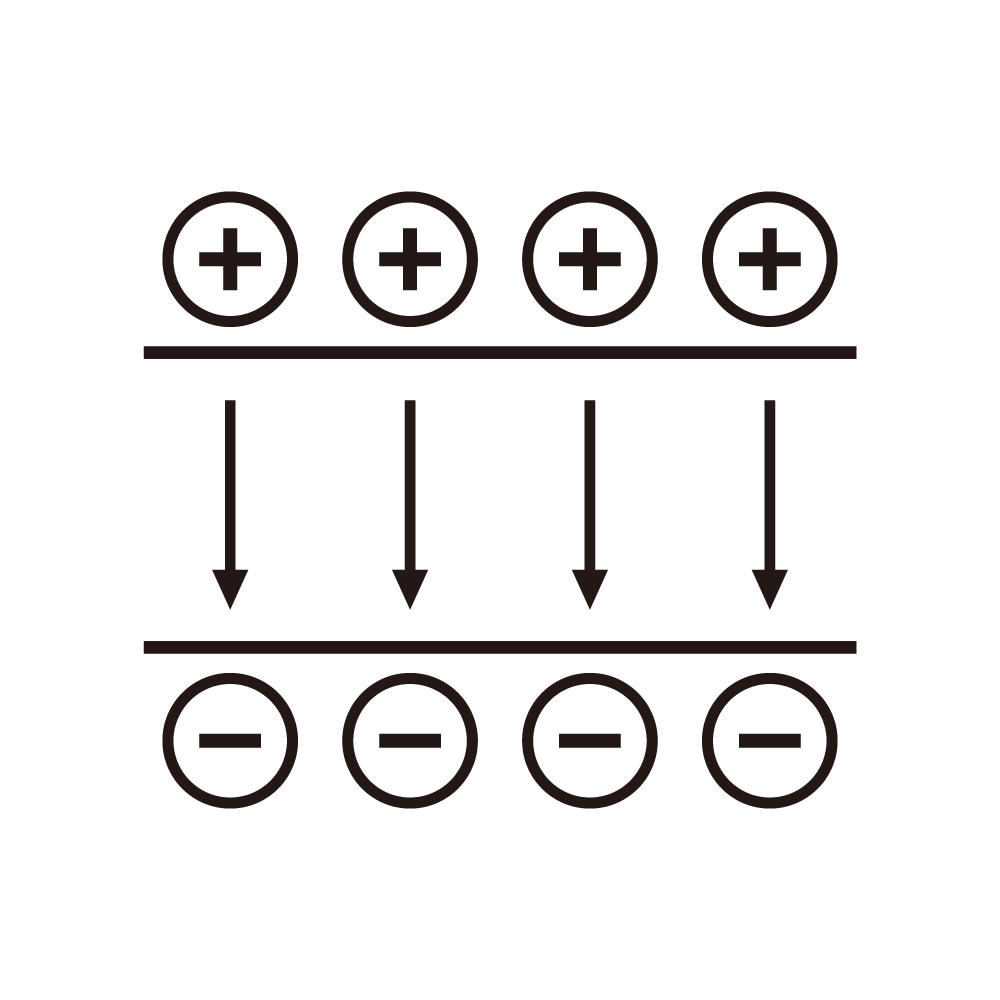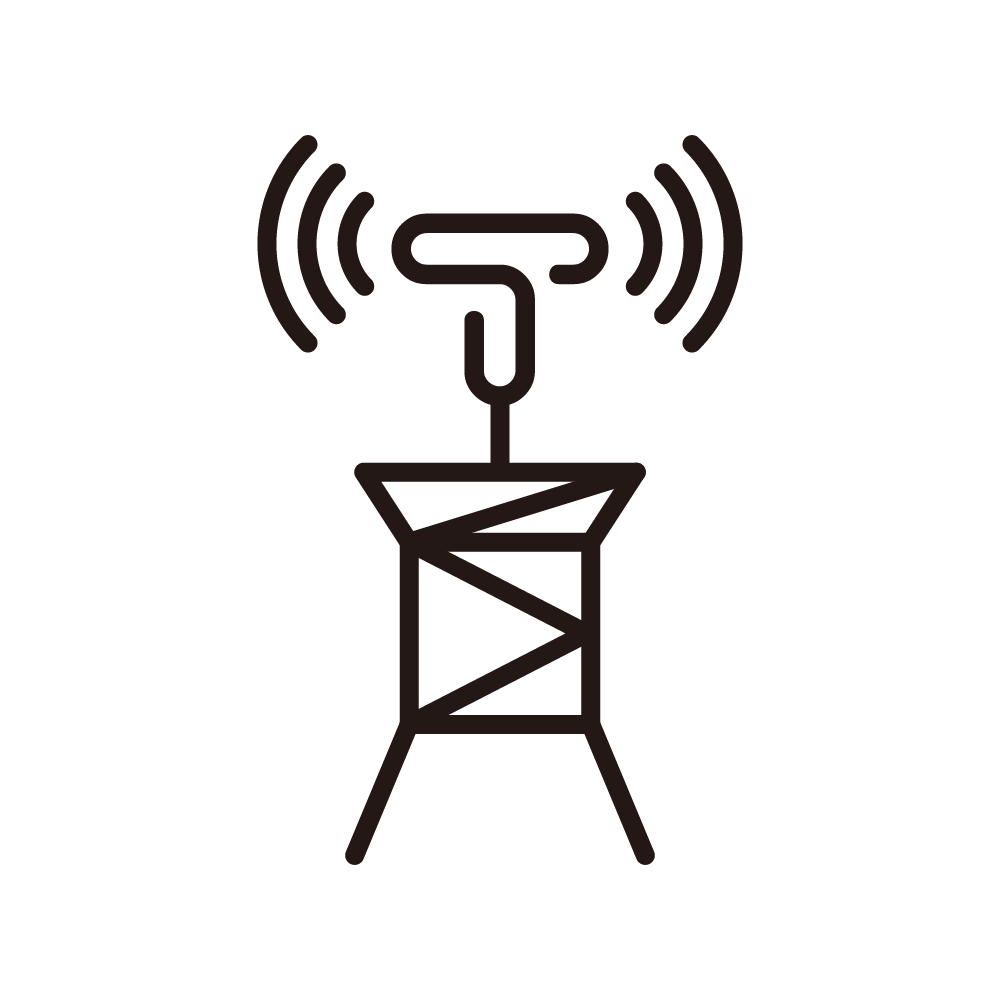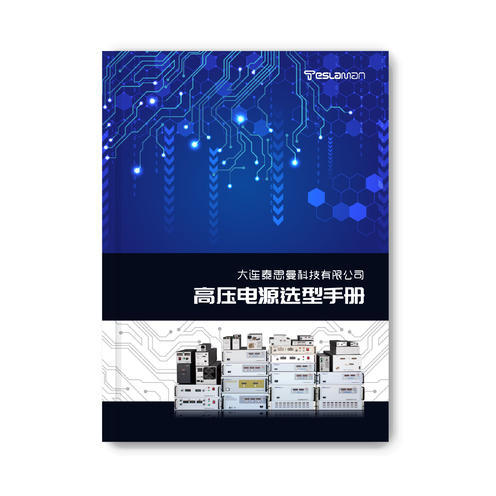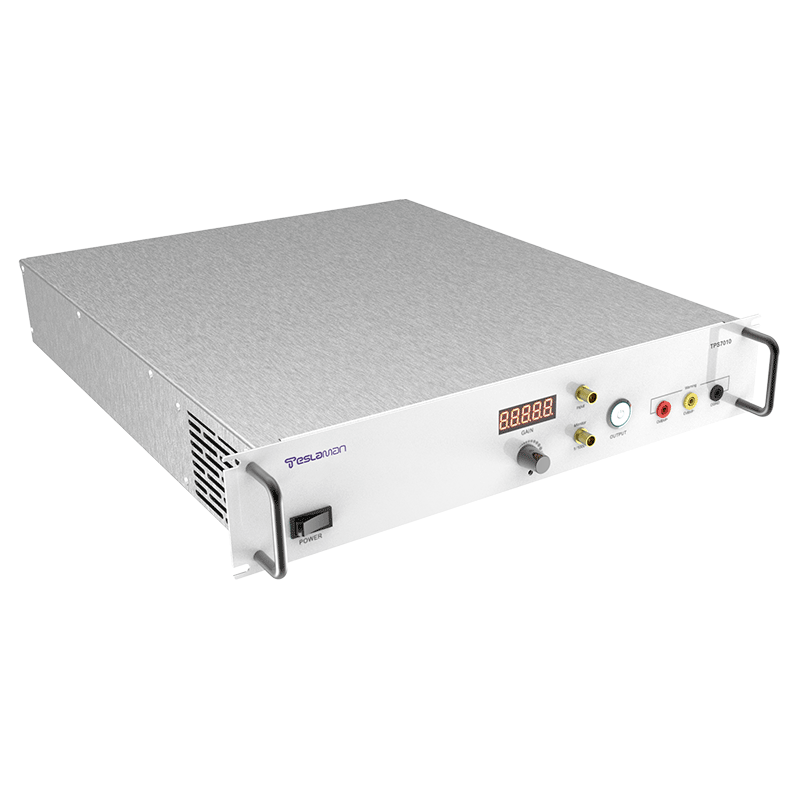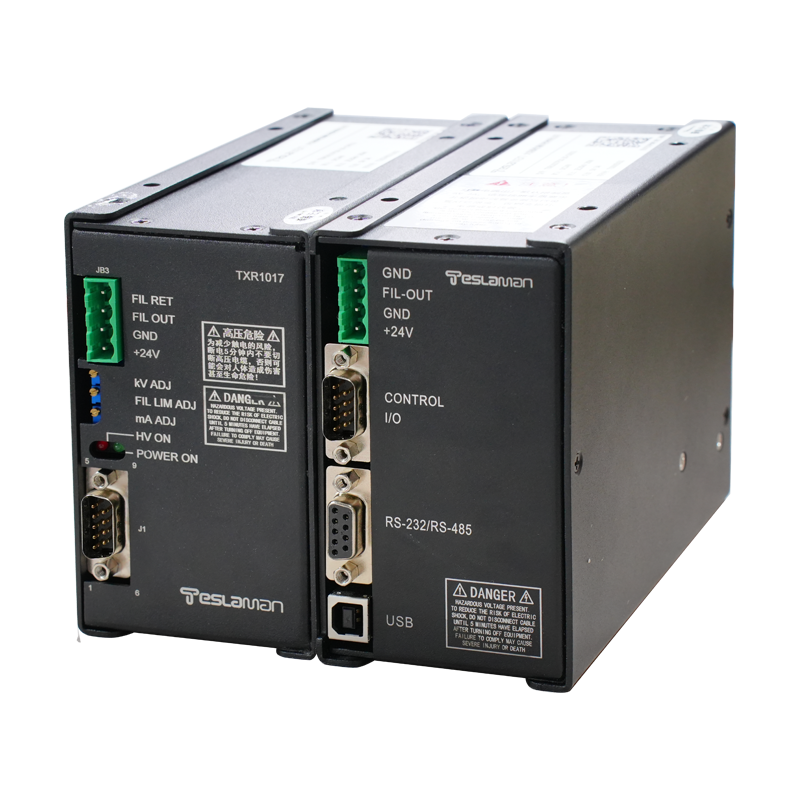Innovation of Pulse Waveform Shaping Circuit for High-Power Pulse Power Supply
High-power pulse power supplies (HPPPs) are widely used in pulse laser systems, electromagnetic pulse (EMP) simulation, and pulsed electric field (PEF) food processing, where the quality of the output pulse waveform (such as rise time, fall time, flat-top ripple, and pulse width) directly affects the performance of the load equipment. For example, in pulse laser cutting, a narrow rise time (< 1 μs) ensures rapid energy release, while a low flat-top ripple (< 1%) guarantees uniform laser output energy. Traditional pulse waveform shaping circuits (such as RC integrating circuits) have limitations in adjusting waveform parameters—they cannot independently control rise time and fall time, and the flat-top ripple is difficult to reduce below 5% in high-power scenarios, which restricts the application of HPPPs in high-performance fields.
An innovative pulse waveform shaping circuit for HPPPs is designed based on a hybrid topology of fast recovery diodes (FRDs) and insulated gate bipolar transistors (IGBTs), combined with a closed-loop feedback control mechanism. The key innovations include: (1) Hybrid switch topology for waveform edge control: The circuit uses two parallel branches—one branch consists of an IGBT and a current-limiting resistor, responsible for controlling the rise time of the pulse; the other branch consists of an FRD and a snubber capacitor, responsible for accelerating the fall time. By adjusting the gate drive voltage of the IGBT (0-15 V) and the capacitance of the snubber capacitor (100-1000 pF), the rise time can be independently adjusted between 0.5 μs and 5 μs, and the fall time between 1 μs and 8 μs. The FRD (with a reverse recovery time of < 50 ns) ensures rapid turn-off, avoiding voltage overshoot during the fall phase. (2) Energy storage optimization for flat-top stabilization: A hybrid energy storage unit composed of supercapacitors (capacity: 1-10 F, rated voltage: 500 V) and film capacitors (capacity: 10-100 μF, rated voltage: 1000 V) is used. The supercapacitors provide stable energy output to maintain the flat-top voltage, while the film capacitors suppress high-frequency ripples. A current-sharing resistor is connected in parallel with the energy storage unit to balance the voltage distribution, reducing the flat-top ripple from 5% (traditional capacitor storage) to < 1%. (3) Real-time feedback control for waveform correction: A high-speed data acquisition module (sampling rate: 1 GS/s, resolution: 8 bits) is used to capture the output pulse waveform, and the data is transmitted to an FPGA-based control unit. The control unit compares the actual waveform with the preset waveform (such as square wave, triangular wave) and adjusts the IGBT drive signal and the snubber capacitor voltage in real time, correcting waveform deviations caused by load changes or component parameter drift. (4) Modular design for power scalability: The shaping circuit is divided into multiple power modules (each module rated at 10 kW), which can be connected in series or parallel to adapt to different power requirements (from 10 kW to 100 kW), improving the flexibility of the HPPP system.
In the application test of a 50 kW HPPP for pulse laser cutting, the innovative shaping circuit achieved an output square wave pulse with a rise time of 0.8 μs, a fall time of 1.2 μs, a flat-top ripple of 0.8%, and a pulse width adjustable from 10 μs to 100 μs. Compared with the traditional circuit, the laser cutting efficiency was improved by 10%, and the cutting edge roughness was reduced by 15%, meeting the high-precision requirements of advanced manufacturing. This innovation provides a new technical approach for improving the waveform quality of HPPPs.
